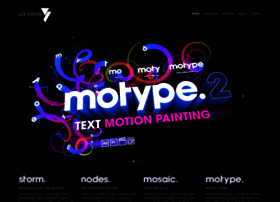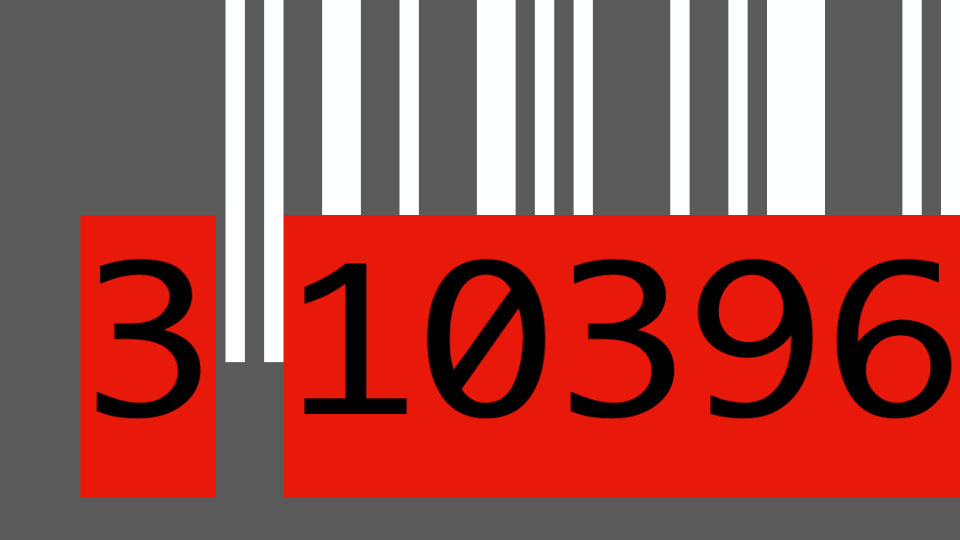
In this example, I sampled the darker vineyard area and desaturated it. More of a specific color is removed and it is a better filter if you are trying to isolate a specific color. Selective Saturation is a similar effect to Suppress but uses a different sampling technique. Here, I’ve selected a blue, which is then pulled out or suppressed as a component of the foliage, hills and sky in this shot.

When set to Suppress, the selected color is removed from the image. Shift (seen above) moves the colors in an image towards the selected color. This filter is analogous to using a colored gel in either an additive or subtractive process. Here’s an example of Method B, which offers less control and according to PHYX is a less authentic simulation. In general, adjustments shift the image between being more yellow or more cyan. Above is an example of Method A, which offers the most control and is supposed to be the most accurate simulation of the process. Techni2Strip attempts to authentically simulate the process of photographing through green and red filters and offers two methods. The look of the Technicolor process came back into vogue with The Aviator and a few filter sets include a plug-in similar to this. The image is as it came from the camera – in other words, I haven’t done any correction to it prior to applying these filters.

This frame is of their lovely Yarra Valley, Australia winery estate. I’ve pulled a sample frame from a recent Canon 5D project I posted for DeBortoli Wines. The names might imply a one-trick pony, but that’s hardly the case. PHYX Color is a deceptively simple set of five color correction/grading filters: Bleach Bypass, Glow Dark, Selective Saturation, Shift/Suppress and Techni2Strip. Their association with Noise Industries now brings two powerful tool groups (PHYX Keyer and PHYX Color) to Final Cut Pro, Final Cut Express, Motion and After Effects. Noise Industries, whose filters are a cut above the norm, has accrued a nice collection of FxFactory filters that can be used for grading and color correction, thanks to their partnership with developers, such as DV Shade and Luca Visual FX.Ī recent addition to the fold is PHYX, who has been a developer of plug-ins for Apple Shake.

For me, they become the most often used, because they don’t lock you into a trite look, characteristic of many special effects filters. I find the many color correction tools to be the most useful of the various plug-ins on the market.


 0 kommentar(er)
0 kommentar(er)
